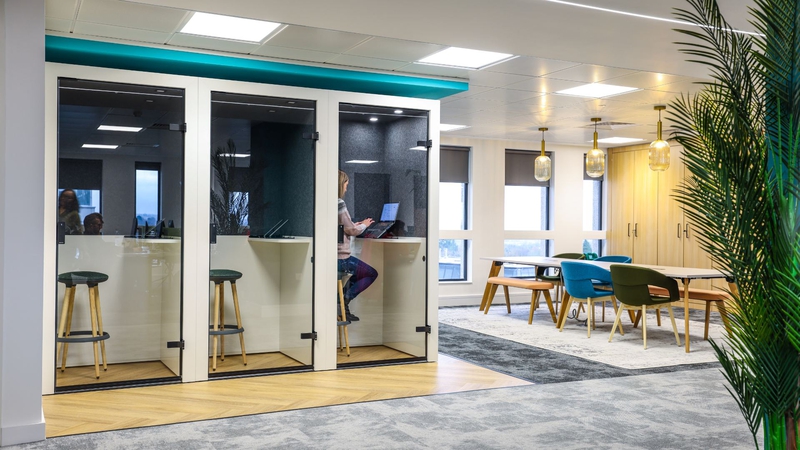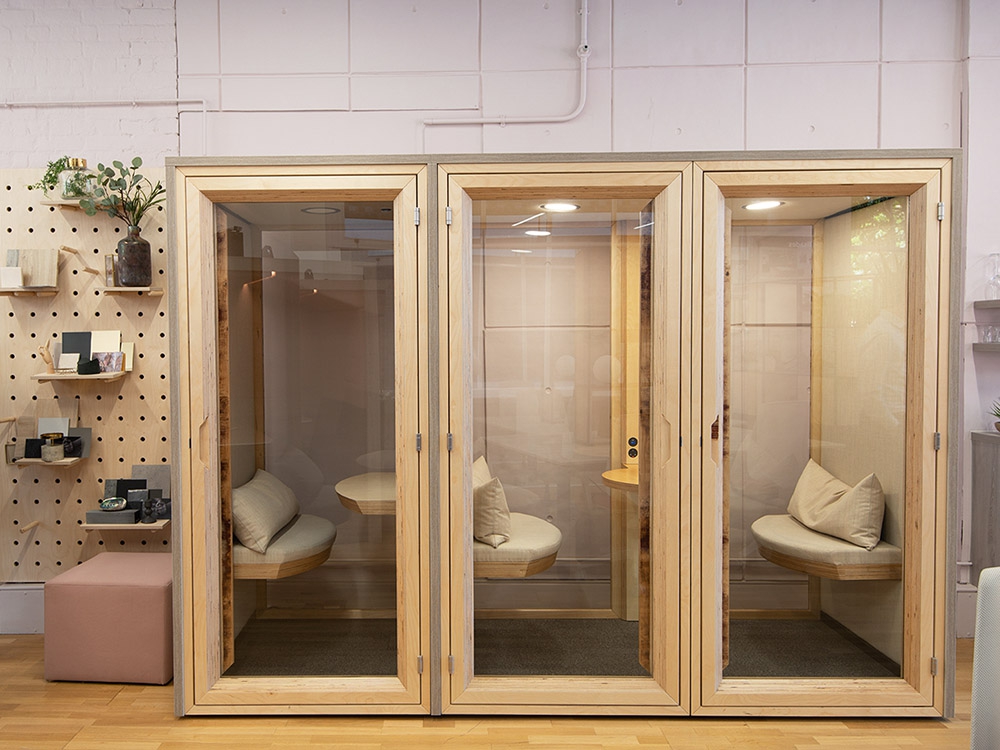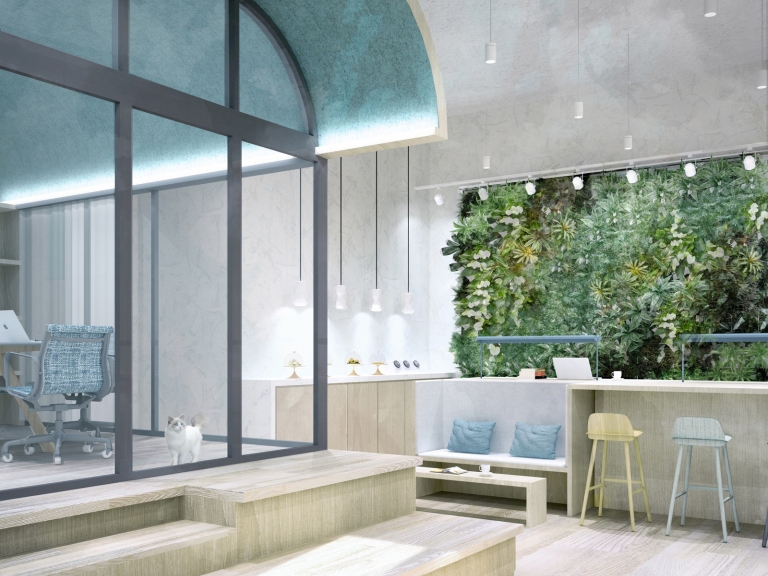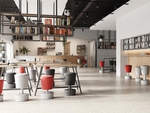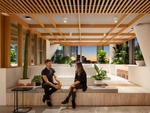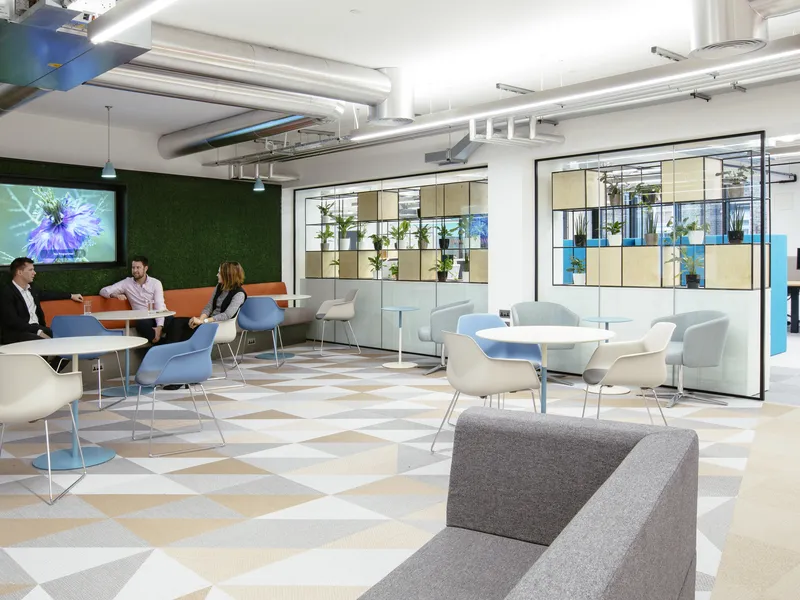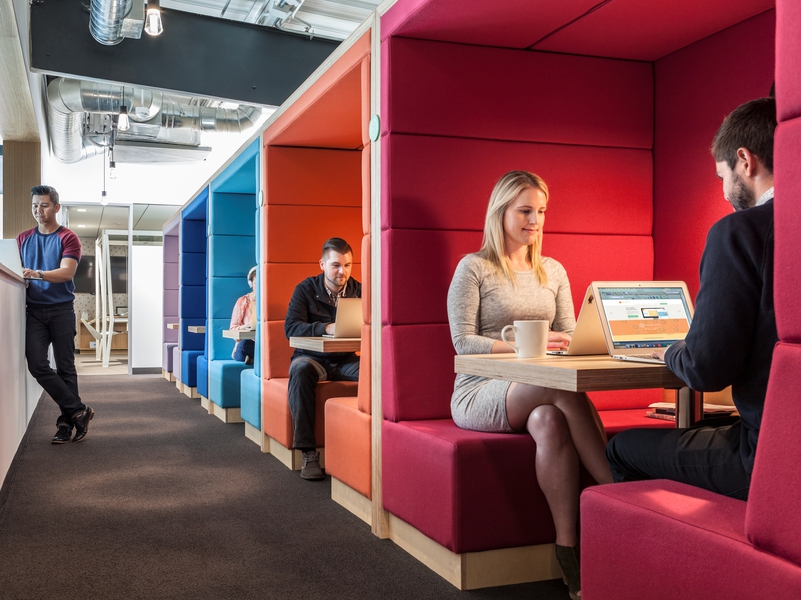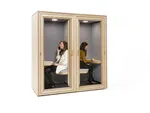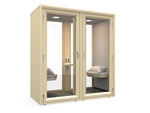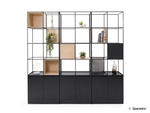6 avril 2018
Produits et Documentation
A great example of a residency is Richard Neutra’s Lovell House (late 1920s): a striking white arrangement of blocks and grids emerging from the Los Angeles hillside in the International Style.
Another classic, Charles and Ray Eames and Eero Saarinen’s Entenza Residence (1949) in Pacific Palisades, represents simplicity at its best: it’s really just a flat, square bungalow with glass walls, and yet somehow it’s absolutely stunning. The Entenza Residence is also called Case Study House #9 and was part of the highly influential Case Study House Program that editor John Entenza (who also lived there, hence the name) commissioned and published in Arts and Architecture magazine from 1945 to 1966.
Case Study House #21, better known as Pierre Koenig’s Bailey House (1959) in Los Angeles, is one of our favourites too: a bold construction of black pillars, white walls, glass and calm, reflective pools that’s simultaneously modern and serene.
The residences we’ve been looking at have many qualities in common: a strict, modern aesthetic, a modular structure, and an original use of materials; their large steel frames make wide open-plan spaces and floor-to-ceiling glass boxes possible, so that they’re filled with sunlight. All of them have this feeling of transparency, openness and – perhaps the most famous aspect of Californian life of all – a seamless flow between indoor and outdoor living. As the curator Wendy Kaplan wrote in the catalogue for her exhibition California Design 1930–1965: Living in a Modern Way, “the California of our collective imagination – a democratic utopia where an amazing climate promoted an informal indoor/outdoor lifestyle – was translated into a material culture that defined an era.”

Spacestor has long been inspired by California and our latest product range of Residence pods that provide quiet spaces in busy offices, once again draws on its rich design heritage. In particular we were inspired by the beautiful ‘residences’ – meaning modern, innovative houses by leading architects – that pioneers like Richard Neutra, Charles and Ray Eames, Eero Saarinen and Frank Lloyd Wright were building in the Golden State throughout the 20th Century.
Richard Neutra’s design philosophy came to epitomise West Coast architecture: everything should be open to movement, and moving around his spaces should be a joy. Furthermore, spaces should be continuous and should be adaptable to all kinds of activities. As you’ll probably have noticed, Neutra’s principles are very similar to the principles around which open-plan, agile modern offices and coworking spaces are often arranged. Open-plan offices have many benefits (natural light, better views, more space to think and to collaborate) but also have an unfortunate downside: noise. In order to flourish, people need a mixture of open-plan spaces and quieter, more contained spaces, and this is where our single Residence Work and double Residence Meet pods come in – they provide a stylish, soundproofed acoustic space within the buzz.

Our Residence range is designed with both the principles and the design aesthetics of great residences in mind: they allow communal space to flow in and out of private space; they’re airy and predominantly made of glass, allowing light to continue to shine through the workplace; and their birch plywood finish provides that raw, natural aesthetic so beloved of the Eames. With these Work and Meet pods in place, you’ll soon have a workplace that’s bright and open but also peaceful and quiet – just like the Californian residences that continue to inspire us.
Partager cet article




